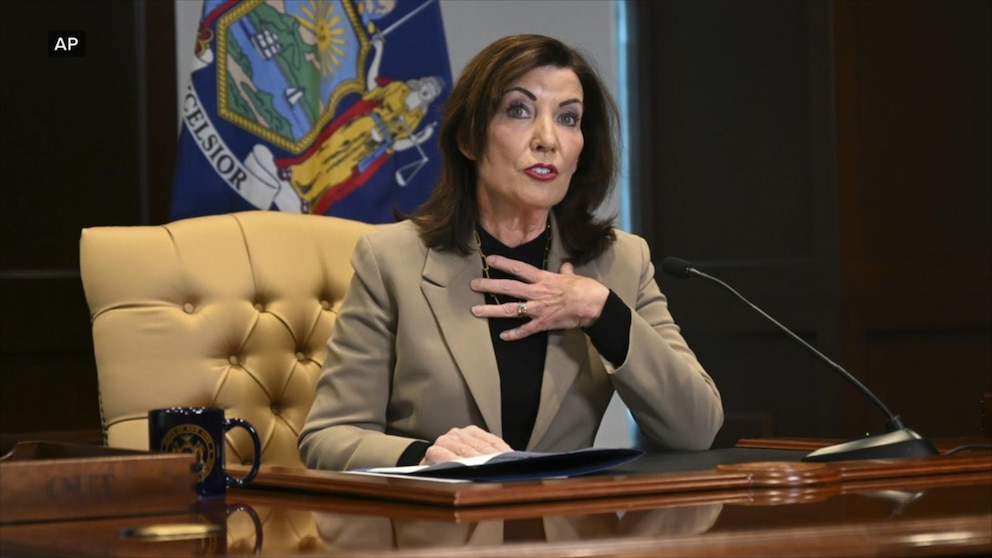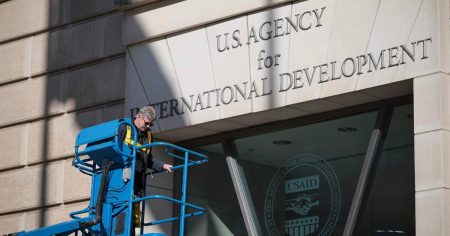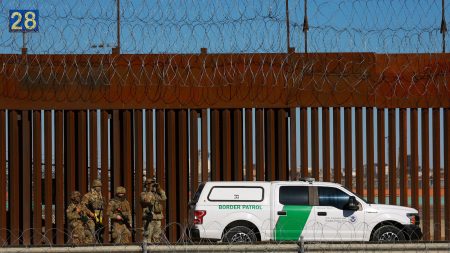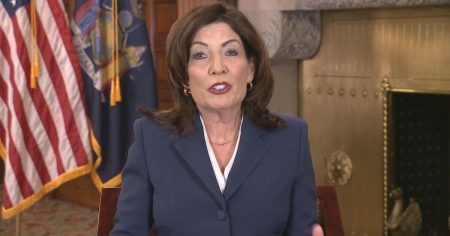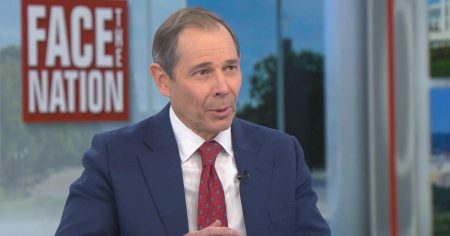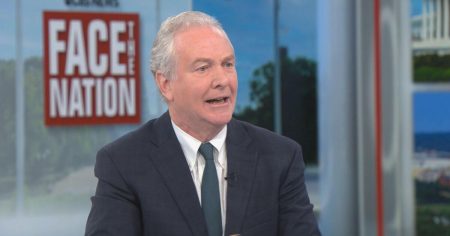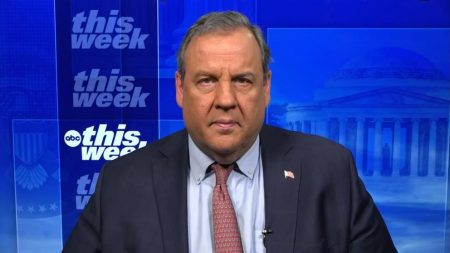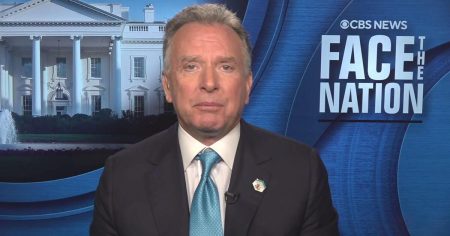A Battle for the Future of NYC Transportation
Introduction: A Clash of Visions
In a city renowned for its bustling streets, a significant showdown is unfolding between New York Governor Kathy Hochul and former President Donald Trump over the future of NYC’s transportation. At the heart of this conflict is the congestion pricing plan, a contentious proposal aimed at curbing traffic and generating crucial revenue for the city’s beleaguered transit system. This plan, championed by Hochul, seeks to introduce tolls in Manhattan’s central business district, with proceeds directed towards modernizing public transportation. Trump, in opposition, has pledged to thwart this initiative, reigniting a debate that combines urban planning, environmental concerns, and political rivalry.
Understanding Congestion Pricing
Congestion pricing is an economic strategy to manage traffic flow by charging drivers a fee to enter high-traffic areas, thereby reducing congestion and encouraging the use of public transit. In NYC, this plan targets Manhattan below 60th Street, with congestion charges expected to raise billions annually for the Metropolitan Transportation Authority (MTA). These funds would be instrumental in upgrading trains, buses, and stations, enhancing the efficiency and reliability of the transit system. Proponents argue that this approach will alleviate traffic jams, decrease air pollution, and finedigitize the city’s infrastructure for future generations.
Hochul’s Stand: A Governor in Fight Mode
Governor Kathy Hochul has emerged as a formidable advocate for congestion pricing, labeling it a vital step towards a sustainable and efficient transportation network. Her support is rooted in addressing the economic and environmental challenges NYC faces. The revenue generated is crucial for the MTA, which is essential for the city’s functionality. Hochul emphasizes that without this initiative, the city risks losing a substantial revenue stream, exacerbating transit issues and hindering economic growth. New York City Mayor Eric Adams also supports the plan, underscoring the importance of improving public transit accessibility and reliability, especially for low-income residents who depend on it.
The Federal Government’s Role in Local Transit Plans
The federal government’s involvement in local transit decisions has sparked debate, particularly under the Trump administration. Critics argue that federal intervention in the congestion pricing plan undermines local governance and NYC’s self-determination. The MTA, a state-run entity, operates with some federal oversight, but decisions like congestion pricing are typically local. This clash highlights broader tensions between state and federal powers, with implications for urban planning and policy-making across the U.S.
Public Opinion and the Future of Congestion Pricing
Public sentiment on congestion pricing is divided. Environmentalists and transit advocates view it as a progressive measure to reduce emissions and enhance public transit, aligning with global urban sustainability trends. However, opponents, including some business groups, fear it may burden middle and low-income commuters, pushing them further out in search of affordable housing and increasing their travel costs. Despite these concerns, momentum seems to favor implementation, with growing recognition of its potential benefits.
Broader Implications: Politics, Policy, and the Future of Urban Planning
The controversy surrounding NYC’s congestion pricing plan transcends local policy, reflecting broader challenges in balancing economic, environmental, and social equity goals in urban development. The clash between Hochul and Trump symbolizes deeper political divisions, with federal and state governments debating the best approach to urban planning. As cities worldwide grapple with congestion and sustainability, the outcome of this debate may set a precedent, influencing urban policy for years to come. The interplay between progressive urban planning and political realities underscores the complexity of enacting transformative change in major cities.





